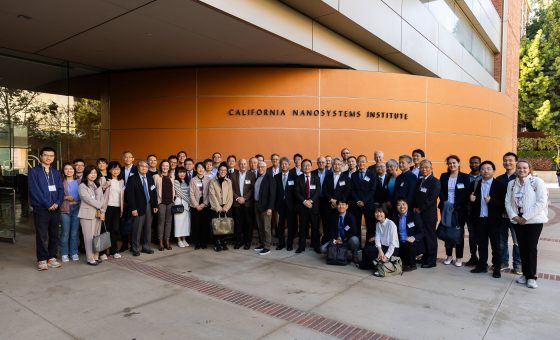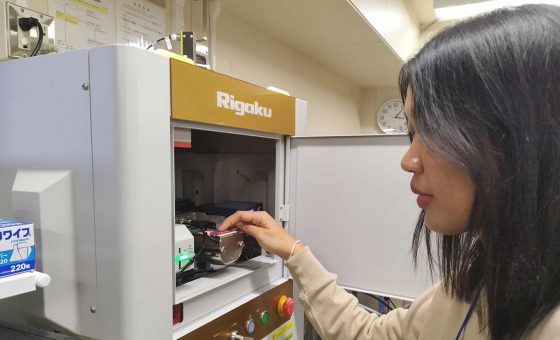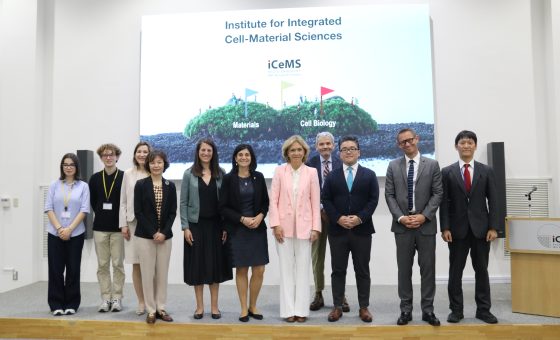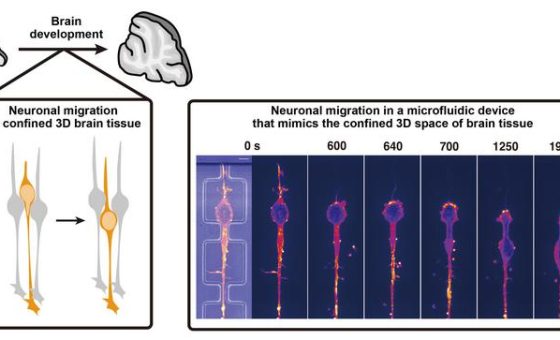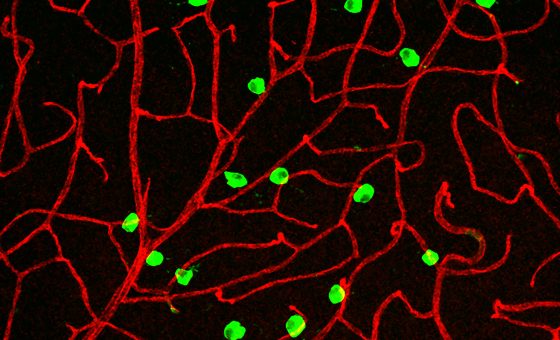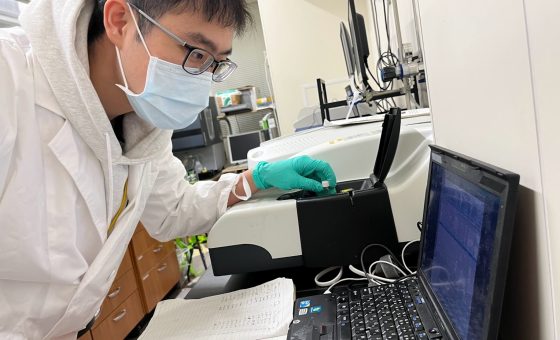Nanocages dramatically facilitate structure formation of biomolecules
Nano-size space help faster folding of molecules and stabilize the structure, which regulates enzyme reactions

Macromolecules regularly fold and unfold themselves inside cells. Their diverse three-dimensional structures help determine their functions. Understanding molecule folding can shed light on complex physical processes that may influence diseases, cancers and allergies.
A team led by Hiroshi Sugiyama and Masayuki Endo of iCeMS collaborating with the team from Kent State University designed structures and experimental system that successfully manipulates G-quadruplexes (groups of guanine nucleic acids, the ‘G’s in the DNA sequence) inside nanocages, which are also made of DNA. The team measured how different-sized spaces affect the thermodynamic stability and unfolding and folding kinetics of these molecules.
This research was published online on March 22, 2017 in Nature Nanotechnologies
Further details are available at the following page:
Kyoto University | Nanocages dramatically facilitate structure formation of biomolecules


